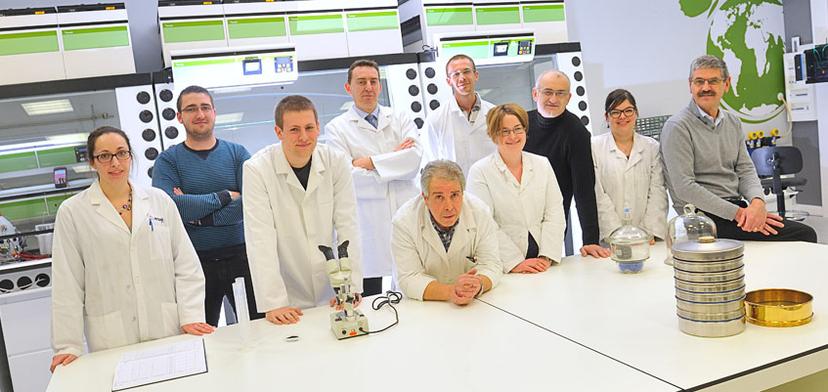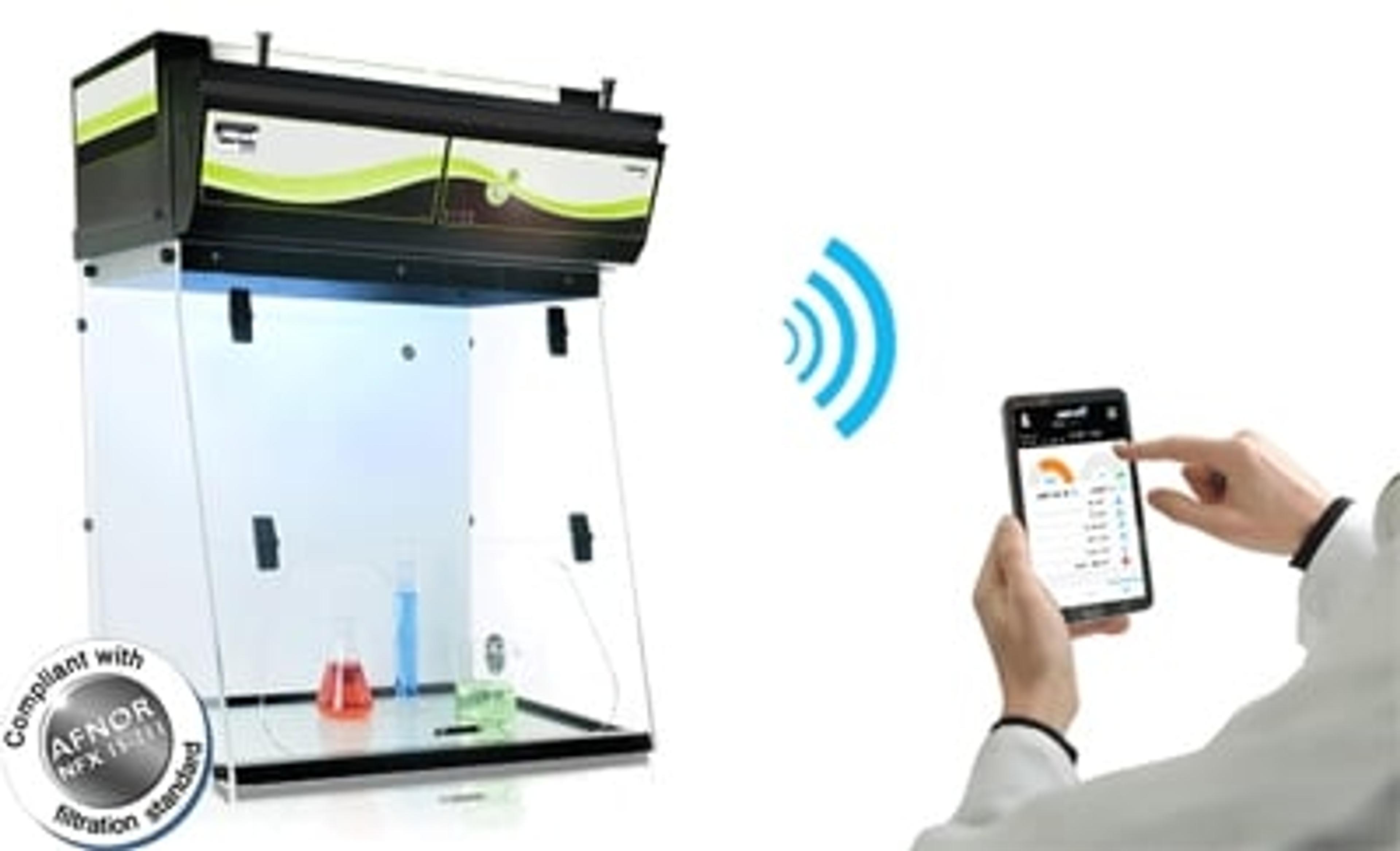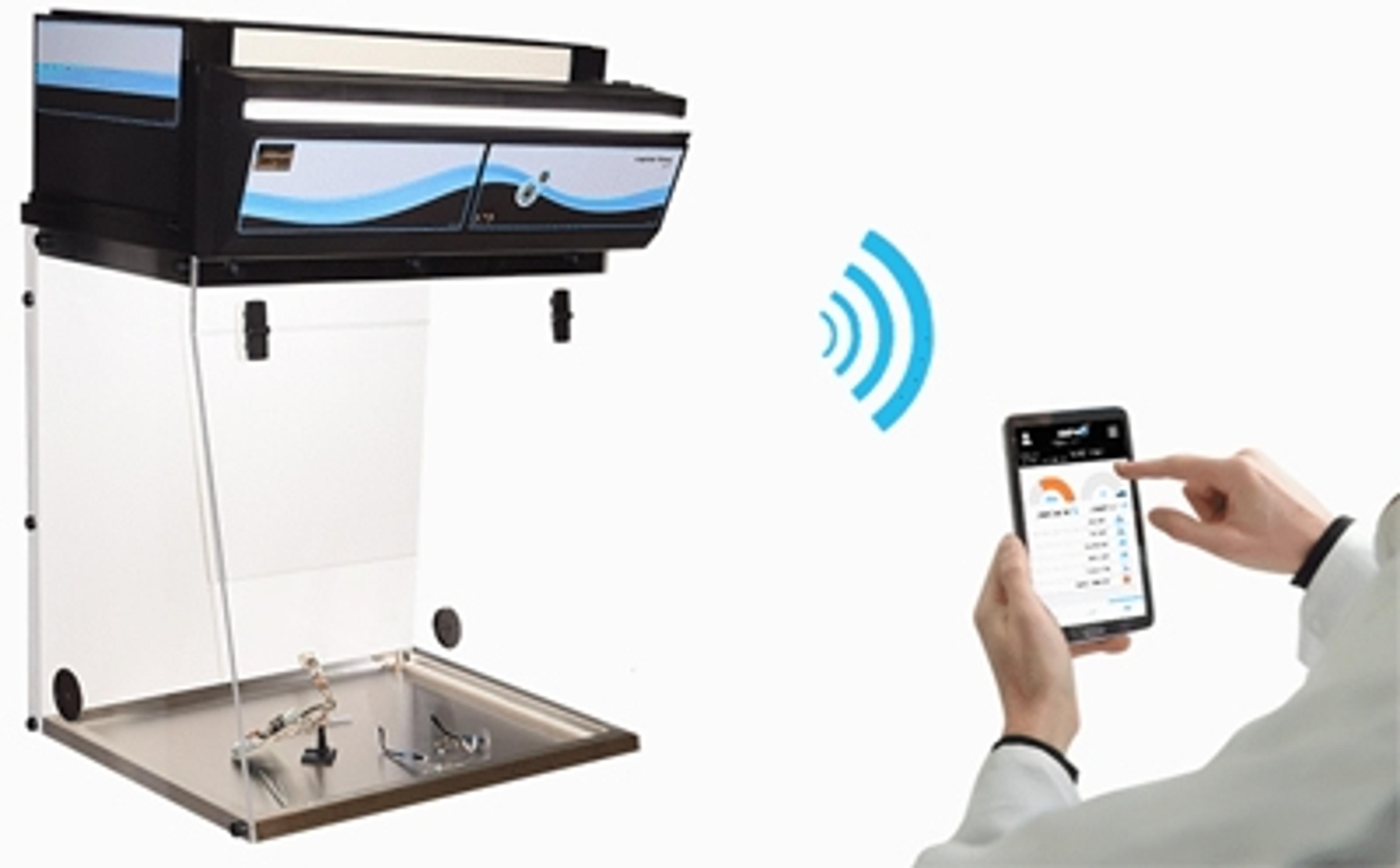R&D expert shares secrets to fume hood safety in the lab
Learn how far the humble chemical fume hood has come and why flexible, modern research laboratories should not be without the latest ductless filtration equipment
21 Apr 2020
The conventional ducted fume hood has been the workhorse of many a chemistry laboratory since the early 20th century and continues to be in widespread use. The advent of ductless fume hoods (also known as filtered fume hoods) around 50 years ago was a significant milestone but, since then, advances in filtration technology, safety and flexibility have enabled them to adapt fully to the changing demands and safety standards of the modern laboratory. At the forefront of efforts to keep pace with research safety needs is industry-leading company Erlab, based near Rouen in France. Dr. Cédric Herry is Erlab’s Director of R&D, a position he has held for the past 18 years, and an expert in air filtration and safety who sits on European Standardization Committees for laboratory equipment.
It is safe to say that what Dr. Herry doesn’t know about fume hoods appears hardly worth knowing, from design to installation, safety and maintenance. In this article, we ask Dr. Herry to share his decades of experience to help you choose the right equipment for your lab while maintaining the highest levels of safety.
Ducted or ductless?
The purpose of any fume hood is to protect laboratory personnel from chemical hazards, including liquids, airborne powders or vapors. While this is achieved in part through a physical barrier between the user and the activity being conducted within the hood, there is an additional air-flow barrier which takes two forms and gives rise to the two main types of fume hood:
- Ducted fume hoods vent contaminated air to the exterior of the building, usually via the roof. Heating, ventilation, and air conditioning (HVAC) systems then reintroduce fresh air back into the building to compensate.
- Ductless fume hoods filter the contaminated air, trapping and removing the hazardous chemicals, before recirculating the cleaned air back into the laboratory.
But how have ductless hoods improved to begin matching ducted hoods? Dr. Herry describes two main features that have been improved over the past 50 years: “First, the retention capacity. Today’s activated carbon filters can trap a larger quantity than 50 years ago. The second major improvement is their ability to trap approximately 99.999% of the chemicals that are used in laboratories.”
This has been enabled by advances in filtration technology, to which Dr. Herry testifies. “If you put a very sensitive analyzer after the filter in most good ductless fume hoods, most of the time you do not detect anything over the baseline limit of the detector, which is amazing,” he says. About the only contaminants that pass through modern filters are those which are gaseous at room temperature and pressure, such as hydrogen, carbon monoxide or nitrous oxide.
The main limitation in using ductless fume hoods relates to quantities of contaminated air. Activities involving the evaporation of several liters of chemicals will challenge the capabilities of any filter, but how is it possible to know if a ductless hood is safe for a specific application?
Safety and applications
You’ve got to maintain your fume hood, just like any other safety equipment in your lab.
Dr. Cédric Herry Erlab
Dr. Herry alludes to several key parameters in considerations of safety, which in reality apply to the use of any type of fume hood – ducted or ductless. The first is proper risk assessment, which must then be linked to use of the appropriate hood with the right containment factor, including consideration of whether embedded sensors are present to detect filter saturation. The next parameter to consider is the proper use of a given fume hood once chosen, and finally, there is maintenance which is most important to Dr. Herry. “You’ve got to maintain your fume hood, just like any other safety equipment in your lab. A reputable manufacturer will provide a comprehensive risk assessment as well as filter life estimate. Always follow your manufacturer’s recommendations on the filter lifetime and dutifully change them for optimum performance – just like you would do for your car,” he says.
Dr. Herry is also quick to point out that 99.9% of ducted fume hoods have no filter at all on their exhaust, which means they are not without risk. “All the chemicals used in normal ducted fume hoods are released into the atmosphere. If the laboratory is correctly designed, it will go high enough to disperse with no risk. But sometimes the fresh air is drawn near to the lab’s extraction and the extracted air can be recirculated into the air you breathe in the lab,” Dr. Herry cautions.
Ductless fume hoods are also more appropriate for powders since they are trapped at the filter level; there is a risk of powder accumulation within the duct of a conventional fume hood. Dr. Herry stresses Erlab’s safety record and the reasons for it: “Most of the filtered fume hoods sold by Erlab are safer than ducted fume hoods because we manage the process from risk assessment to maintenance with no disruption.”
And then there is the convenience factor. Most ductless fume hoods can be installed in two-to-four hours and can easily be dismantled and moved from place to place, something that is not feasible with a ducted hood. “You can move the workstation, something that makes your lab more flexible, and flexibility for research is very important,” Dr. Herry says.
Ductless fume hoods are certainly a cost-effective alternative and improve environmental sustainability, according to Dr. Herry, who also adds that repurposing is very straightforward if the aims of research change: “Most ductless fume hoods can be easily updated and modified, sometimes customized. Filters can be changed and you can combine HEPA with molecular filters, add them, or remove them.”

The final analysis
The main challenge remaining for Erlab is to overcome apprehensions in people’s understanding of the new technology versus traditional methods, as ductless fume hoods now come with advanced capabilities that probably match or exceed those of ducted fume hoods.
Dr. Herry concludes by asserting how important it is to select the appropriate tool for a given application. He has no reservations about where Erlab’s latest ductless fume hoods fit into the market: “Today we’ve got very efficient filtered fume hoods. If they are chosen correctly according to risk assessment, and maintained and used as directed, we can confidently say that they're safer than any other solution on the market.”
Find out more about Erlab and how its Captair Smart Ductless Fume Hood could help you.


